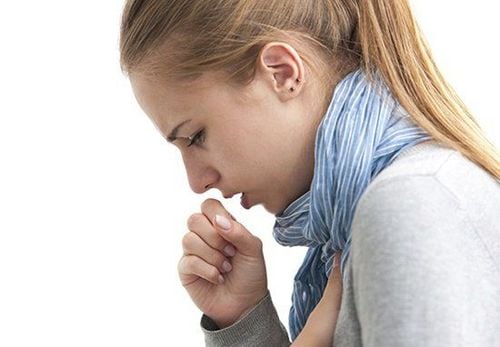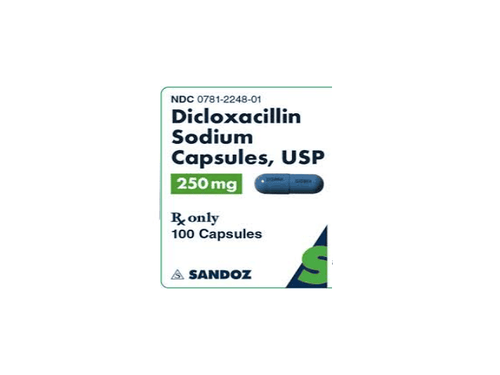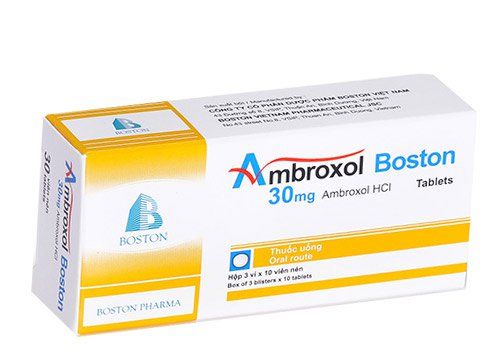This is an automatically translated article.
Bronchospasm (also called asthmatic bronchitis) is a common respiratory infection, occurring more commonly in children than in adults. The following article provides information about the symptoms and treatment methods of bronchitis to help you detect and treat it promptly, limiting possible serious complications.
1. Overview of bronchiolitis constrictive bronchiolitis is usually caused by acute bronchiolitis, secondary to a variety of causes. About 95% of acute bronchitis in healthy adults is caused by a virus and is usually self-limiting. Bacterial causes are less common, sometimes it can be caused by allergens, inhaled irritants such as smoke, polluted air, dust...
Bronchitis is characterized by inflammation of the airways. bronchi, which are the airways that extend from the trachea into the small airways and alveoli.
Bronchospasm is also known as asthmatic bronchitis. When the bronchi are inflamed, the cells lining the airways are inflamed, congested, and mucus is increased, besides the smooth muscle of the bronchi constricts, causing the bronchial lumen to narrow, obstructing circulation. air in the lungs. This causes the patient to develop symptoms such as shortness of breath, wheezing, and stridor similar to the lack of air in asthma.
2. bronchiolitis signs and symptoms Symptoms of spastic bronchiolitis are similar to those of an acute asthma attack, some of the most common are:
Cough is a common symptom. best. Cough after acute bronchitis usually lasts 10 to 20 days but can sometimes last for 4 weeks or more. Wheezing, rapid breathing, or difficulty breathing. Sputum is clear, yellow, green, or even bloody. Fever: less common; If fever is accompanied by cough, it suggests the patient may have a complication of pneumonia. Symptoms of an upper respiratory tract infection such as a runny nose, stuffy nose, sore throat, and irritability are common. Chest pain can be experienced in severe cases Myalgia, headache. Nausea, vomiting and diarrhea (rare)

Triệu chứng của viêm tiểu phế quản co thắt gần tương tự như cơn hen cấp tính
3. Diagnosis of Acute Bronchitis Bronchospasm is a clinical diagnosis based on history, medical history, pulmonary examination, and other physical findings. Bronchitis may be suspected in patients with acute respiratory tract infections accompanied by cough, wheezing. The physician may perform the following laboratory tests to aid in the diagnosis:
Procalcitonin blood count (to distinguish between bacterial and non-bacterial infections) Chest radiograph (if the patient is elderly) or patients with symptoms suggestive of pneumonia). The findings on chest radiographs are nonspecific and usually normal. Occasionally, chest radiographs show an increased interstitial finding consistent with thickening of the bronchial wall. Sputum test (if cough persists), blood culture (if bacterial superinfection is suspected), influenza test. Routine use of rapid microbiological testing is not cost-effective and will not change treatment except during flu season and in cases where pertussis or other bacterial infection is highly suspected. Bronchoscopy Spirometry Laryngoscopy (to rule out epiglottitis)
4. Treatment regimen for bronchospasm Treatment of bronchospasm is mainly symptomatic and supportive therapy, helping to open the airways to ensure that the patient receives adequate oxygen. The most effective treatment is to reduce cough and sputum output in patients with bronchitis.
4.1. Symptomatic Treatment To relieve cough, pharmacological and non-pharmacological therapy should be used. Non-drug therapy that you can apply at home such as hot tea, honey, ginger, throat lozenges... Based on the guidelines of the American College of Chest Physicians (ACCP) year In 2006, central cough suppressants such as codeine and dextromethorphan were recommended for the short-term relief of cough symptoms in patients with acute bronchitis.
Also based on ACCP 2006 guidelines, short-acting beta-agonist therapy, ipratropium bromide, and theophylline can be used to control symptoms such as bronchospasm and dyspnea.
Treatment with a beta2-agonist bronchodilator may be helpful in patients with wheezing accompanied by cough and underlying lung disease.
Pain relievers and antipyretics can be used to treat malaise, muscle aches and fever. Prednisone or another steroid may be given to help reduce inflammation.
4.2. Antibiotic therapy For people with acute bronchiolitis with mild symptoms, antibiotics have not been shown to provide much benefit in terms of symptom improvement.
It is not recommended to treat acute bronchitis with antibiotics unless there is a risk of serious complications due to comorbidities. However, antibiotics are recommended in patients over 65 years of age with acute cough if they have been hospitalized in the past year, have diabetes or congestive heart failure, or are on steroid therapy.

Dùng thuốc kháng sinh điều trị viêm phế quản co thắt
4.3. Long-term follow-up Routine re-examination for bronchiolitis is not usually necessary. If symptoms worsen (eg, dyspnea, high fever, vomiting, persistent cough), consider an alternative diagnosis.
If symptoms recur (> 3 episodes/year) or symptoms persist for more than 1 month, seek other causes of cough in the patient.
4.4. Influenza Vaccines Influenza vaccines can reduce the incidence of upper respiratory tract infections and also help reduce the incidence of acute bacterial bronchitis. Influenza vaccines reduce serious complications and mortality in patients with bronchospasm.
Influenza vaccine is especially recommended for special groups including adults over 65 years old, children 6 months to 2 years old, pregnant women.
4.5. Methods to support the treatment of bronchiolitis spasms at home During the illness, you should drink a lot of water - this helps prevent dehydration and thins the phlegm in the lungs, making it easier to cough up
Change Lifestyles such as stopping smoking and avoiding allergens and pollutants play an important role in avoiding relapses and complications. Besides, you should have a healthy diet, improve health by exercising regularly, at a moderate level.
Vinmec International General Hospital is one of the hospitals that not only ensures professional quality with a team of leading medical doctors, modern equipment and technology, but also stands out for its examination and consultation services. comprehensive and professional medical consultation and treatment; civilized, polite, safe and sterile medical examination and treatment space.
Please dial HOTLINE for more information or register for an appointment HERE. Download MyVinmec app to make appointments faster and to manage your bookings easily.













